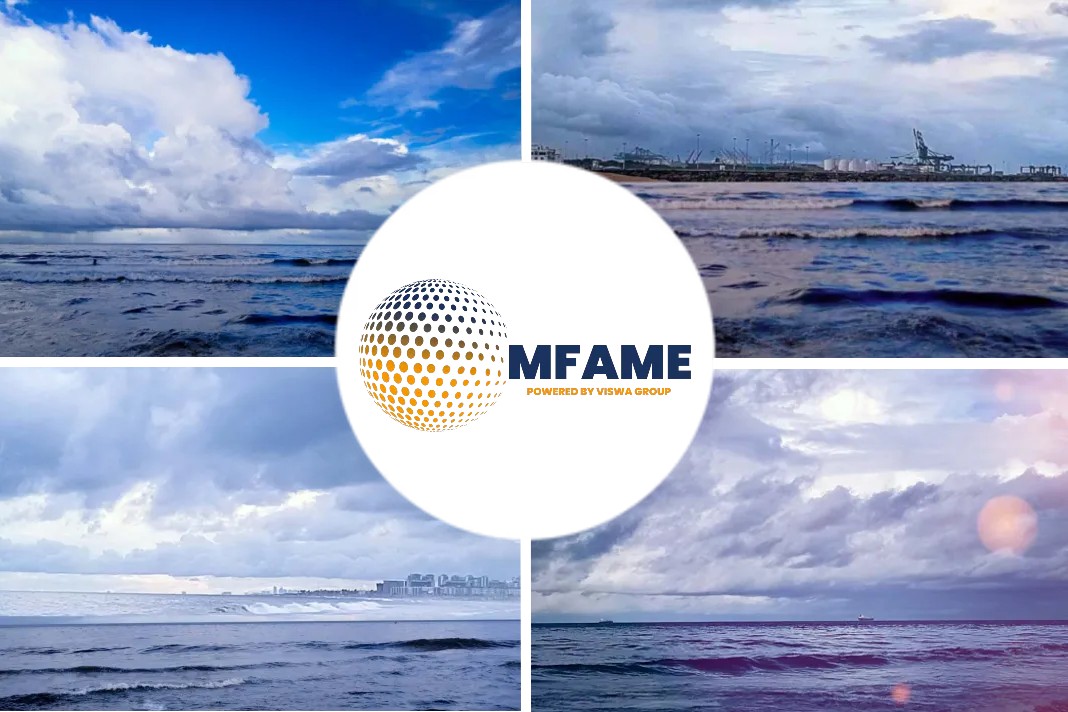- Gas and LNG sector are adapting towards shifting trade flows, and price volatility.
- It has embraced short- and long-term market uncertainty from coronavirus impact.
- Lockdowns around the world raise new challenges for LNG supply and demand fundamentals.
- India remains a key hub for LNG import hub from the United States.
- Numerous developers seek buyers to help advance their liquefaction projects.
According to an article published in Platts, the gas and LNG sectors continue to adapt to shifting trade flows, price volatility as well as short- and long-term market uncertainty from coronavirus pandemic impacts.
Lockdown raises new challenges for LNG supply
India’s lockdown of its 1.3 billion residents raises new challenges for LNG supply and demand fundamentals. The country is a key import market for US gas, and several developers have been courting buyers there of their supplies to help advance their liquefaction projects. While current US terminal operations largely hum along, the big question is when new commercial activity resumes and to what extent it registers.
Price index
- Henry Hub cash price settled Wednesday at $1.705/MMBtu, a modest recovery from a 16-cent plunge March 18 to $1.655/MMBtu, then a further 3-cent fall to $1.625/MMBtu March 19.
- Total US gas stocks jump 76% from year-ago levels to 2.034 Tcf for the week ended March 13, according to the Energy Information Administration.
- Value of spot cargoes originating from the US Gulf Coast has fallen sharply over the course of the past week; Platts Gulf Coast Marker was assessed at $1.853/MMBtu Wednesday, down almost 70 cents from the same time last week; Platts JKM, which reflects the value of a spot cargo for delivery into Northeast Asia, assessed at $3.063/MMBtu, down nearly 50 cents from the same time last week.
- Ship charter rates in the Atlantic, meanwhile, increased to $50,000/day as of Monday, resulting in higher delivery costs from the USGC to Northeast Asia; Platts-assessed voyage costs between the two locations increased nearly 20% to $1.200/MMBtu Wednesday, from $1.010/MMBtu March 18.
- Platts TTF May contract dips $0.021/MMBtu to $2.469/MMBtu Wednesday, with pressure through the day on news of force majeure declarations in India; European gas market concerned over cargoes being marketed to Europe, adding to gas oversupply.
Trade flows
- Utilization at US LNG terminals remained strong Wednesday, with feedgas flows above 9.1 Bcf/d, off record highs in late January but robust considering operational impacts from coronavirus and weather.
- Deadline for Cheniere customers generally to notify of any May cargo cancellations passes without word of any cancellations; two cargoes canceled previously for April loading — one from Sabine Pass in Louisiana, one from Corpus Christi in Texas.
- Port of Houston operating normally for inbound and outbound vessels; US Customs and Border Protection says crewmembers will not be granted shore leave but will be allowed to tend to ship business on the dock, such as mooring and safety concerns.
- Potential oversupply of cargoes could result from demand destruction in India and parts of Europe resulting from measures to keep coronavirus in check in those locations
- China continues to be shut off from new contracting with US exporters and developers; Tariffs on imports of US LNG remain in place.
Infrastructure
- Sempra Energy delays target for reaching FID on Energia Costa Azul export terminal in Mexico to the second quarter from Q1; Decision on Port Arthur LNG in Texas may also be delayed.
- Magnolia LNG developer LNG Limited in talks with a lender about amending funding agreement tied to a proposal to be acquired by Singaporean investor; Takeover essential to keep the project alive.
- Mexico Pacific Limited export project now targeting FID in 2021; Commercial talks continue toward finalizing agreements for 4 million mt/year the first phase.
- Cameron LNG nears completion of the third train at Louisiana site; Feedgas expected to flow to train in April, with production expected in June.
- Tellurian working remotely with potential equity partners to secure commercial support for Driftwood LNG; an 18-month extension of $87.5 million loans due in May provides a lifeline.
- Pembina Pipeline’s proposed Jordan Cove project in Oregon gets Federal Energy Regulatory Commission certificate authorization, despite questions about commercial viability; Developer, eager to expand into LNG, considers projects in Canada.
Did you subscribe to our daily newsletter?
It’s Free! Click here to Subscribe!
Source: Platts
























